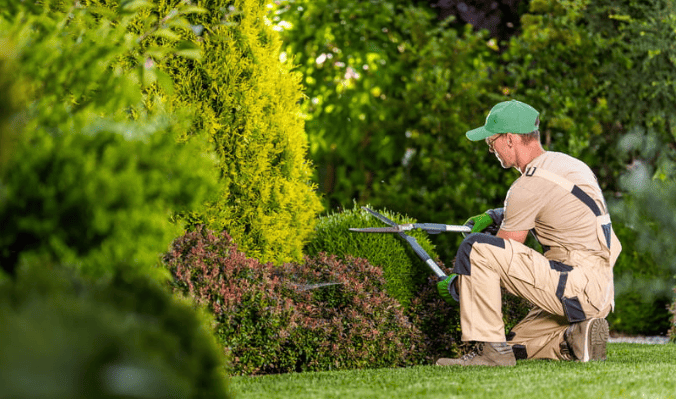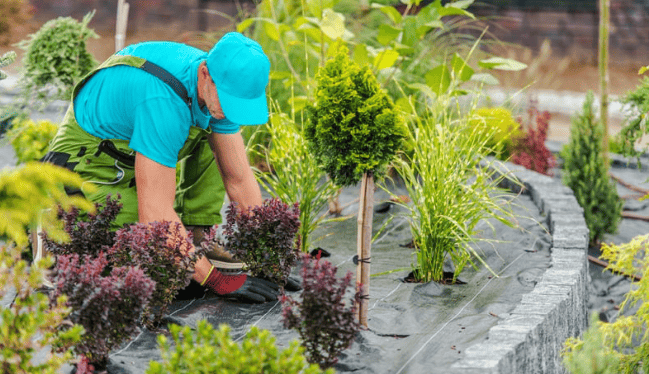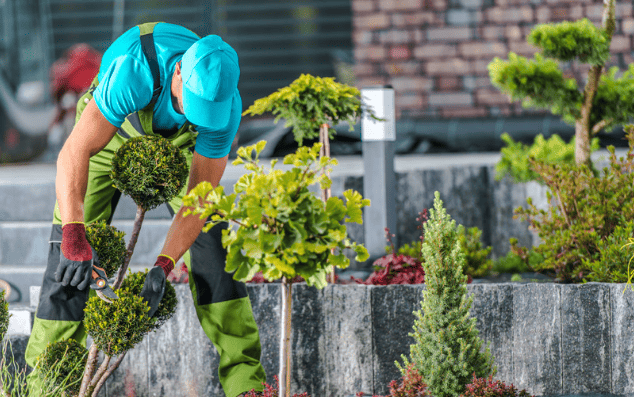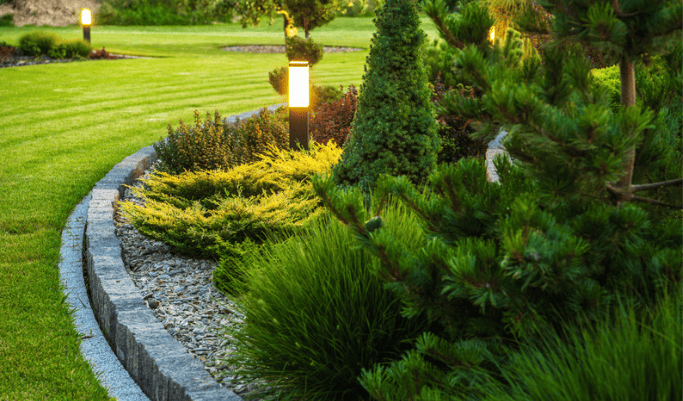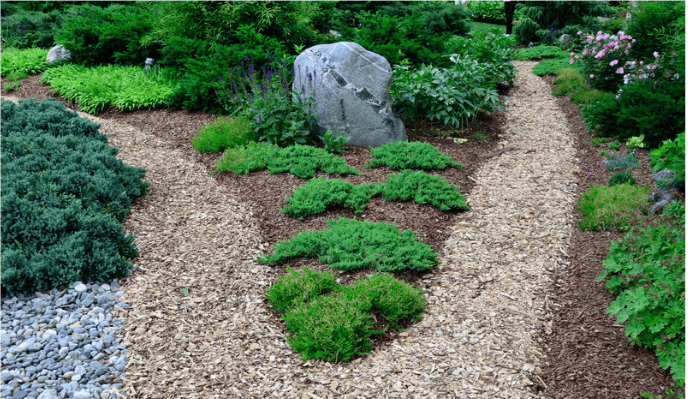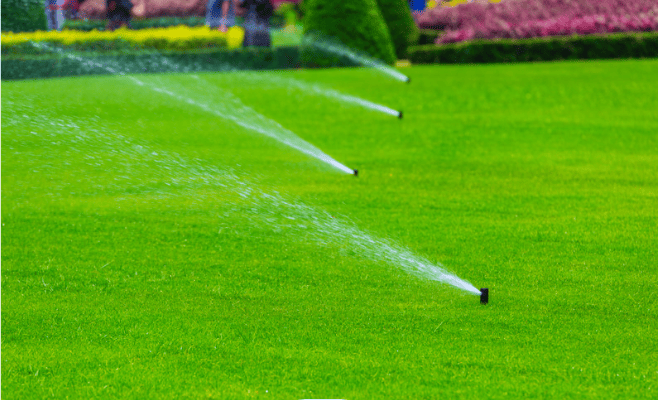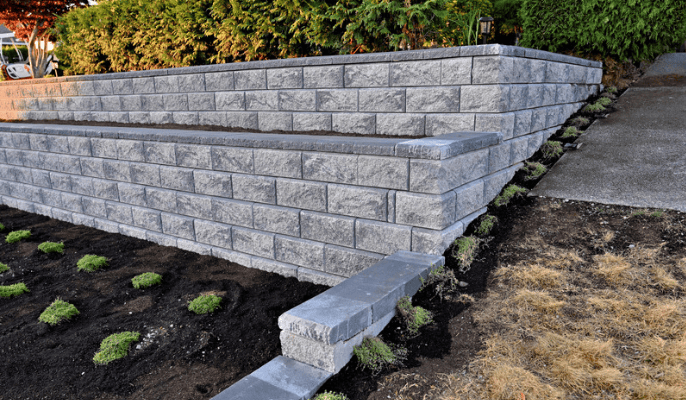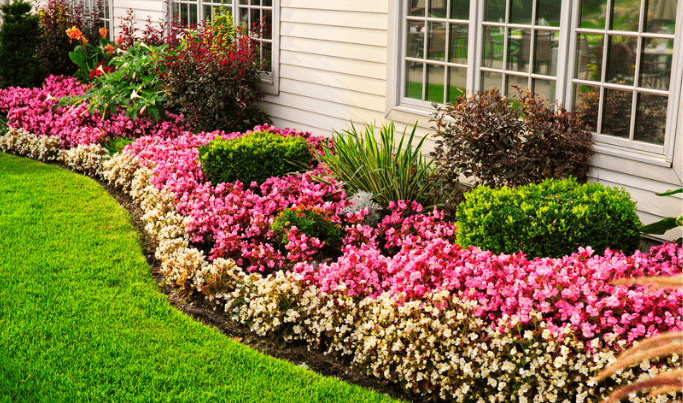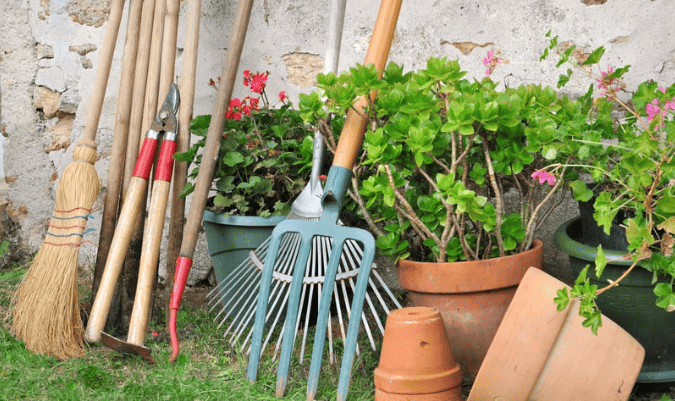Low Maintenance Garden
How to Design a Low-Maintenance Garden
Designing a low-maintenance garden can transform your outdoor space into a beautiful, relaxing haven without constant upkeep. At ABC Home & Commercial Services, we specialize in helping homeowners create gardens that are both aesthetically pleasing and easy to manage. Follow this comprehensive guide to design a small garden that suits your lifestyle and enhances your home’s curb appeal.
Whether you’re looking to build charming cottage gardens or a practical small garden that requires minimal effort, the right design can make all the difference. Gardens that require maintenance are often time-consuming, but with smart plant choices and strategic planning, you can cultivate a space that plants love and thrive in without the heavy workload.
Imagine a serene front yard with a cozy seating area where you can relax and enjoy the beauty of nature. By incorporating diverse plant choices and using different varieties of low-maintenance vegetation, you can fill your small garden with color and texture that lasts in the long run.
For areas with shade, opt for plants that flourish in low light, such as ferns and hostas. If you have a patch of grass, consider replacing it with ground covers or ornamental grasses that need less care. A low-maintenance plant that adds visual interest is the Japanese-painted fern, which thrives in shade and brings a touch of elegance to any small garden.
Incorporating a different variety of plants ensures that your garden stays vibrant and resilient. For instance, blending perennials, shrubs, and evergreens can create a dynamic landscape that requires less frequent intervention.
Creating a seating area within your garden allows you to enjoy your efforts without constantly tending to it. Choose durable, weather-resistant furniture that complements the natural beauty of your garden.
Focusing on plant choices that are well-suited to your local climate and soil will set your garden up for success. Native plants, for example, are typically well-adapted and require less water and care. This approach not only reduces the workload but also supports local ecosystems.
Understanding the Basics of a Low-Maintenance Garden
An Easy-care garden is designed to minimize the time, effort, and resources required to maintain it. This involves careful planning, selecting the right vegetation, and incorporating efficient gardening practices. By focusing on these key aspects, you can create a stunning garden that requires less work and provides more enjoyment.
A well-designed garden offers several benefits that make it an appealing choice for many homeowners. Time-saving is a significant advantage, allowing you to spend less time on garden chores and more time enjoying your outdoor space. It is also cost-effective; with fewer requirements for fertilizers, pesticides, and frequent watering, you can significantly lower your maintenance costs. Additionally, such a garden is sustainable, featuring eco-friendly choices that support local wildlife and reduce water consumption, contributing to a healthier environment.
Evaluating Your Garden Space for Native Plants
Before diving into vegetation choices, evaluate your garden space. Consider factors such as soil type, sunlight exposure, and climate. This will help you select low-maintenance that flourish in your specific conditions.
- Soil Type: Identify whether your soil is sandy, clay, or loamy to choose appropriate plants and amendments.
- Sunlight Exposure: Determine areas that receive full sun, partial shade, or full shade.
Creating a Functional Layout
Design your garden layout to maximize functionality and minimize upkeep. Divide your garden into distinct zones based on their use and maintenance needs.
- Relaxation Zone: Include a seating area with comfortable furniture.
- Planting Zones: Designate areas for flower beds, shrubs, and vegetable patches.
- Pathways: Use durable materials like gravel, stone, or pavers for easy maintenance.
Choosing Low-Maintenance Plant
Selecting the right vegetation is crucial for an Easy-care garden. Opt for native flora and drought-tolerant species that require minimal care.
Native Plants
Native plants are well-adapted to your local climate and land conditions, requiring less water and care. Examples include:
- Japanese Painted Ferns: These native floras flourish in shaded areas and add color to your garden bed.
- Evergreen Trees: Provide year-round greenery and require minimal pruning.
Drought-Tolerant Plants
Drought-tolerant plants can survive with minimal sprinkling. Consider these options:
- Lavender: A fragrant herb that thrives in full sun and poor land.
- Succulents: Agave and sedum, which store water in their leaves.
Designing Your Garden Bed
Garden beds are the backbone of any garden design. Choose between raised beds or traditional ground-level plots based on your preference and care capabilities. Raised plots are ideal for adding height and structure, while ground-level plots integrate seamlessly with the surrounding grass. In spring, ensure to fill your plots with nutrient-rich land to support flowers and other plants. Don’t forget to add a bit of compost to enhance land quality and promote plant life. Incorporate pots for versatile planting options and consider how your garden will fit into your overall landscaping plan. Check your plots weekly to care for optimal conditions and keep your garden looking its best throughout the growing season.
Raised Beds
Raised beds offer several advantages, including improved land drainage and easier access for planting and harvesting. They also reduce the need for frequent weeding and are ideal for growing vegetables and herbs.
Traditional Garden Beds
Traditional garden bed are great for larger plants and shrubs. Ensure they are well-mulched to retain moisture and suppress weeds.
Mulching for Low-maintenance
Mulching is an essential practice in an Easy-care garden. It helps retain soil moisture, suppress weeds, and improve soil health.
Benefits of Mulching
- Water Retention: Mulch reduces the need for frequent watering by keeping the land moist.
- Weed Control: A thick layer of mulch prevents weed growth.
- Soil Improvement: Organic mulches break down over time, adding nutrients to the soil.
Efficient Irrigation Systems
Installing an efficient irrigation system ensures your plants receive the right amount of water without wastage.
Irrigation Options
- Drip Irrigation: Delivers water directly to the flora roots, reducing evaporation and runoff.
- Soaker Hoses: Provide consistent moisture to the garden plot.
- Smart Irrigation Controllers: Adjust watering schedules based on weather conditions and soil moisture levels.
Reducing Lawn Areas
Lawns require regular mowing, watering, and fertilizing. Reduce the size of your lawn or replace it with low-maintenance alternatives.
Alternatives to Lawns
- Ground Covers: Such as Creeping Thyme or Clover, which require less mowing.
- Artificial Turf: Provides a lush, green look without the care.
- Hardscaping: Incorporate gravel, stone, or mulch to create visually appealing, low-maintenance areas.
Incorporating Hardscaping Elements
Hardscaping elements like patios, walkways, and retaining walls add structure and functionality to your garden. Choose durable, low-maintenance materials.
Hardscaping Materials
- Pavers: Easy to clean and maintain.
- Gravel: Provides excellent drainage and a natural look.
- Composite Decking: Resistant to weathering and requires minimal care.
Automation for Easy Maintenance
Automation can significantly reduce garden maintenance. Consider installing:
- Automatic Lighting: Solar-powered lights that turn on at dusk.
- Self-Watering Planters: Containers with built-in reservoirs that provide consistent moisture.
- Robotic Lawn Mowers: Keep your lawn trimmed with minimal effort.
Implementing Weed Control Strategies

Weeds can be a major hassle in any garden. Reduce weed growth with these strategies:
- Mulch Application: Suppresses weed growth.
- Ground Covers: Dense plantings that crowd out weeds.
- Landscape Fabric: Prevents weeds from emerging.
Regular Maintenance Practices
Even an Easy-care garden requires some care. Follow these tips for minimal care:
- Pruning: Trim dead or overgrown branches to maintain flora health.
- Fertilizing: Use slow-release fertilizers to reduce the frequency of application.
- Pest Control: Monitor for pests and use natural predators or organic treatments when needed.
Adding Color with Low-Maintenance Plants
Incorporate low-maintenance plant that add color and texture to your garden without requiring extensive care.
Perennials
Perennials return year after year, reducing the need for replanting. Examples include:
- Daylilies: Vibrant flowers that thrive in various soil types.
- Coneflowers: Hardy plants that attract pollinators and add bright colors.
Flower Beds
Design flower beds with low-maintenance plants to create stunning displays throughout the growing season.
Small Gardens
For small garden spaces, choose compact, low-maintenance plants that don’t overwhelm the area. Examples include:
- Dwarf Shrubs: Such as Boxwood or Dwarf Japanese Maple.
- Container Plants: Perfect for patios and balconies, requiring minimal care.
Sustainable Practices in Low-Maintenance Gardening
Adopt sustainable practices to reduce maintenance further and support the environment:
Rainwater Harvesting
Collect rainwater for garden use, reducing the need for tap water.
Composting
Recycle garden and kitchen waste to create nutrient-rich compost for your soil.
Pollinator-Friendly Plants
Attract bees, butterflies, and other beneficial insects with pollinator-friendly plants like milkweed and bee balm.
Conclusion
Designing an easy-care garden involves carefully designing and selecting the right plants, materials, and practices. By following the steps outlined in this guide, you can create a beautiful, sustainable garden that requires minimal care. At ABC Home & Commercial Services, we’re here to help you every step of the way. Contact us today to start designing your dream Easy-care garden.
Focusing on native plants, efficient irrigation, covering, and sustainable practices can help you enjoy a lush, thriving garden without constant maintenance. Embrace the beauty of an Easy-care garden and create a space that enhances your home and lifestyle.

